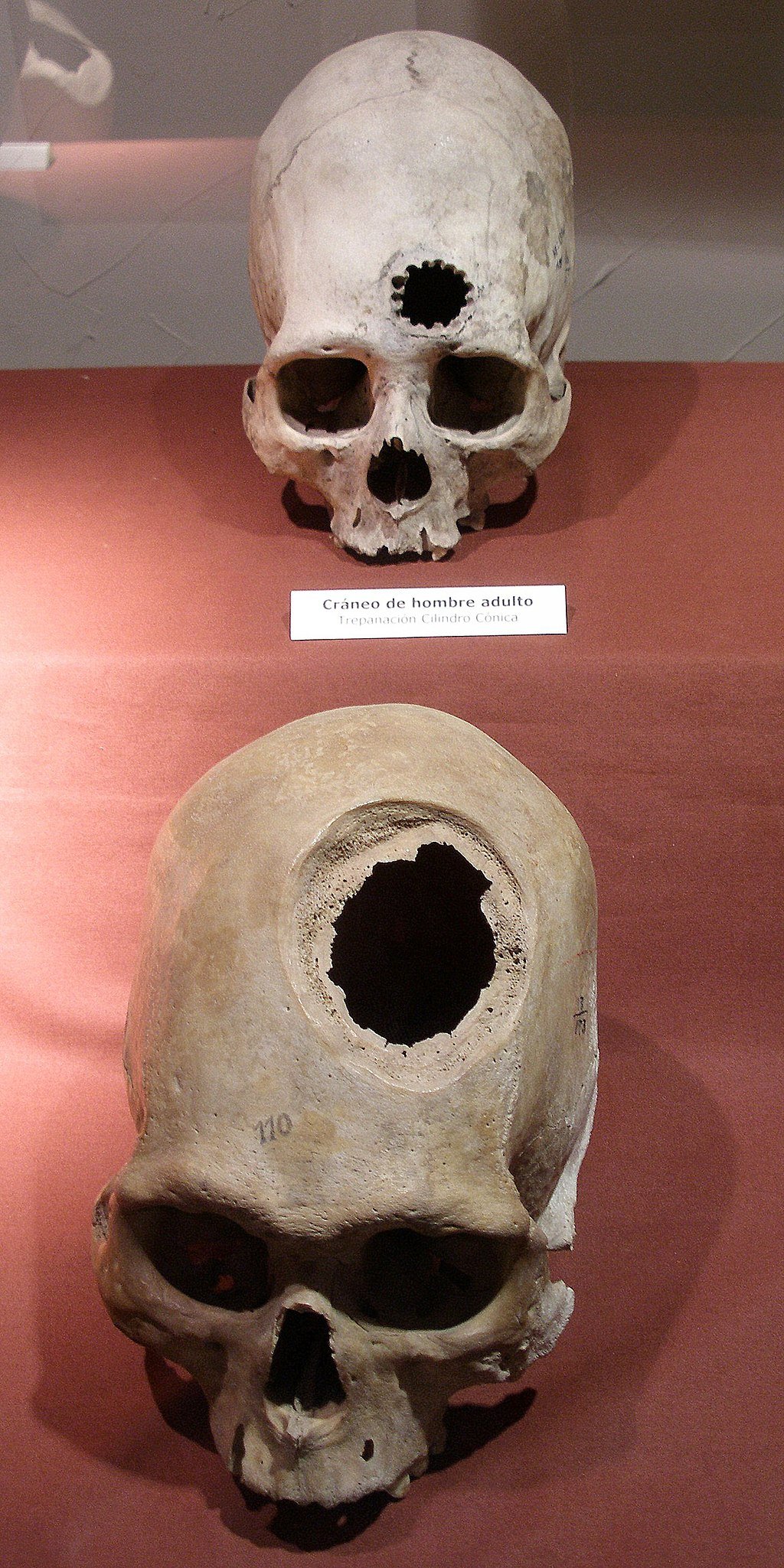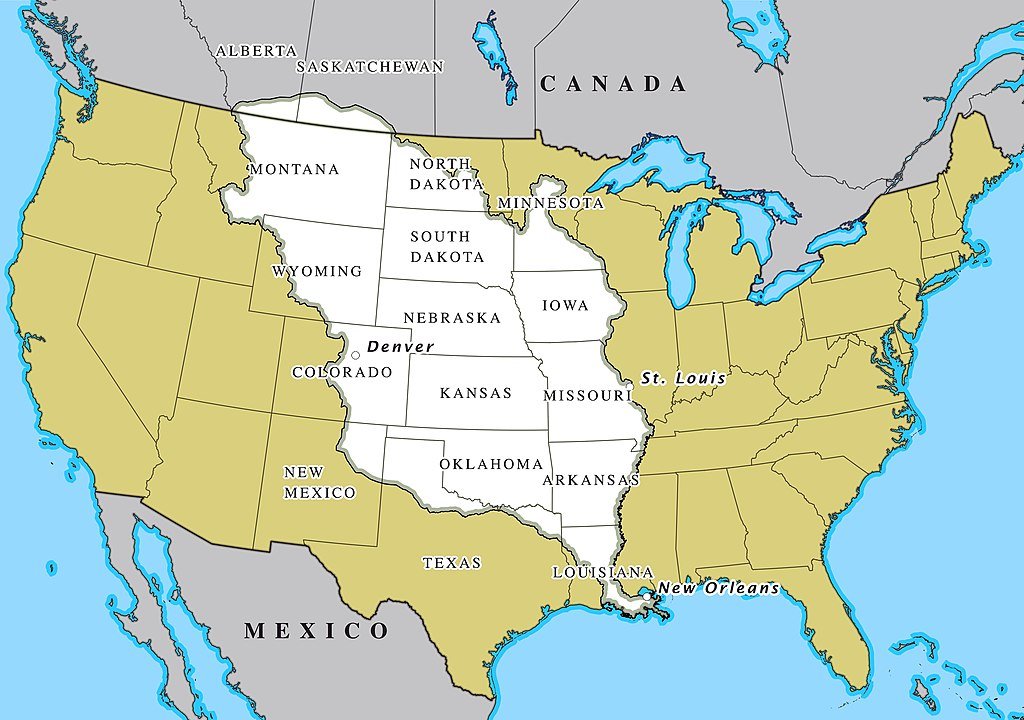In the world of 17th century Russia, women had no rights. The daughters and sisters of the Russian Tsar were kept in a terem, an apartment usually located at the top of a large Russian house, where they spent their lives in isolation and boredom. The world heard of them twice in their lifetimes – with the announcement of their births, and with the announcement of their deaths. From these circumstances, Sophia Alekseyevna rose to rule all of Russia as regent from 1682 to 1689.
Jurij Cerkovnik explains.
Sophia Alekseyevna in the 1680s.
Early Years
Born in 1657, Sophia lived in a terem in her early childhood, but somehow persuaded her father, Tsar Alexis, to break with tradition and allow her to share the lessons of her younger brother Fedor. Together they studied under an eminent scholar, Belorussian monk Simeon Polotsky, who found Sophia to be ‘’a maiden of great intelligence and the most delicate understanding, with an accomplished masculine mind.’’ Securing an education at such an early age proved to be one of her greatest triumphs as it laid the foundation for her later life.
She was nineteen when her father, Tsar Alexis, unexpectedly died, and her younger brother, fifteen years old at the time, became Tsar Feodor III.
Sophia took the opportunity to further break with tradition. Throughout the reign of her little brother, she began to emerge from the terem to attend councils of state and gradually became included in conversations and decisions, allowing her political views to mature and her confidence in her abilities to grow. With time, she came to understand that her intellectual powers and abilities matched those of the men around her; the only barrier to supreme authority was her sex and the traditions of 17th century Russia.
The Boyars
In 17th century Russia, a dozen ranks of nobility stood beneath the Tsar, the highest of which were the boyars who came from princely families with hereditary land titles. These noblemen made up the Tsar’s court, sat in his councils, and competed for the chance to marry their daughters to the ruler of Russia.
Sophia’s mother Maria was Tsar Alexis’ first wife. She came from the powerful Miloslavky family, but in March 1669, Maria died in childbirth. She had born the Tsar thirteen children. Five were boys, but only two would long survive her – Sophia’s brothers Feodor and Ivan, both of whom suffered from severe health issues.
Tsar Alexis, determined to secure the succession, decided to marry again, this time to a woman named Natalya Naryshkina and on May 30, 1672, Natalya gave birth to a little boy history remembers as Peter the Great.
With the death of Tsar Alexis in 1676, his eldest son Feodor became Tsar and, for the time being, the power of the Miloslavsky family was secured. Sophia had the chance to increase her involvement in politics and spread her influence, but when Feodor died six years later, the tensions between the Miloslavkys and the Naryshkins came to a head.
Feodor died without children. The two possible successors were his younger brother Ivan, sixteen at the time, and Peter himself. Ivan was half-blind and had a severe speech impediment, so the ten-year-old Peter was selected as the successor – it was assumed his mother Natalya would rule as Regent until Peter reached his majority.
For Sophia, Natalya’s Regency proved to be an existential threat. History suspects several individuals of being responsible for the upheaval that followed, but only Sophia found herself threatened with seclusion in a convent for the rest of her life. She saw the opportunity to live a meaningful life slipping through her fingers and it was that fact more than any other than most likely gave her the courage to attempt to overthrow Natalya’s regime.
The Revolt of the Streltsy
The Streltsy were the first professional soldiers in Russia. Formed by Ivan the Terrible, they soon became the key to power in Moscow.
The Tsar provided them with food and housing, but in peacetime, they did not have much to do and began to engage in trade. Due to their membership in the army, they paid no taxes and soon became very rich, making them less and less interested in soldiery.
The Streltsy hated foreigners and any threats to the orthodoxy, believing a change in the status quo might endanger their position. As such, they did not look kindly upon the Naryshkins and the new Regent Natalya – she had brought Western influence to court when she became Tsar Alexis’ wife.
Sophia fanned the rumors that began to spread among the soldiers. During her brother’s funeral, she had followed the hearse on foot, weeping openly, and suggested Feodor did not die of natural causes. The gossip took off from there. People claimed Ivan had been pushed aside in favor of Peter and now that the Naryshkin’s schemes had succeeded, Natalya and her family would wage an all-out assault on Russian traditions and values. The Streltsy came to hate Natalya and the rest of her family, and it took but a single spark to start the fire.
On the morning of May 15, 1682, two men rode into the Streltsy Quarter (one of them was Peter Tolstoy, an ancestor of the famous writer Leo Tolstoy). They shouted that the Regent Natalya had murdered Ivan. The Streltsy went into a frenzy – they mustered their forces and marched on the Kremlin.
Three days of carnage followed during which Regent Natalya’s brother and her closest advisor were both murdered, along with scores of noblemen. That Ivan still lived did not dampen the Streltsy’s interest in carnage.
When the horror came to an end, Sophia assumed power. She was the natural choice; Natalya was overwhelmed by the tragedy that struck her family, Peter himself was a boy of ten, and some of the most powerful men at the Kremlin had been killed in the chaos.
Sophia quickly pacified the Streltsy, then forced another coronation, this time of her younger brother Ivan. Because Peter had already been crowned Tsar, it was determined that Ivan and Peter would rule as equals, the first time in European history that such an event came to pass – all thanks to Sophia’s cunning maneuvering.
With her younger brother safely installed, Sophia had secured her position as Regent and ruled Russia for the next seven years.
Sophia’s Regency and Downfall
Sophia’s reign proved to be a delicate balancing act. The people accepted her Regency and government, but she had to tread carefully so as to never make it seem as though she might usurp power from Ivan and Peter. She tried to declare herself an autocrat on numerous occasions, of course, but never successfully, and she always made sure to back down before too much damage was done to her reputation.
Her greatest success as a ruler is inextricably tied to the cause of her downfall. In a peace treaty with Poland, Sophia secured the control of Kyiv under the Russian state, but in exchange, she was forced to launch two disastrous military campaigns against the Crimean Tatars.
It was after the end of the second failed campaign that Peter rose and challenged his half-sister. Disgusted by the military disasters and tired of wondering if his half-sister meant to kill him, the now seventeen-year-old Tsar gradually began to assume control. Sophia found herself powerless to stop it. She attempted to incite another revolt of the Streltsy but failed because circumstances had changed. When she first rose to power, Peter had been a young boy while Ivan was a sickly adult uninterested in ruling.
The second time around, Peter was a grown man. Sophia could not overcome the realities of her gender; the Streltsy, the Russian clergy, and the rest of the people were unwilling to follow a woman over a male Tsar.
Conclusion
Tsar Peter exiled or executed Sophia’s main supporters and banished Sophia to a convent outside of Moscow, where she spent the remaining fifteen years of her life. She died on July 3, 1704, at the age of forty-six.
The impact of her life cannot be exaggerated. Before her arrival, it was inconceivable for the Russians to imagine a female ruler, but after the death of Peter the Great, four empresses would succeed him. The life of an 18th-century Russian woman was light-years ahead of the life of a 17th-century Russian woman, and it is thanks to Sophia’s character and strength that such massive strides were made.
Sophia Alekseyevna was a woman who, like many before her, found her life controlled by the realities of her era, but stepped forth in spite of the risks, seized control of her life, and altered Russian history.
What do you think of Sophia Alekseyevna? Let us know below.
Sources
Massie, Robert K. Peter the Great: His Life and His World. New York: Ballantine Books, 1980, pp. 19-107
















